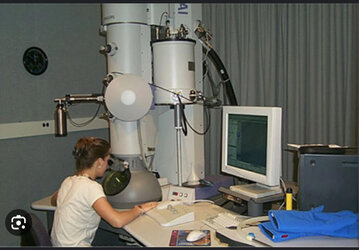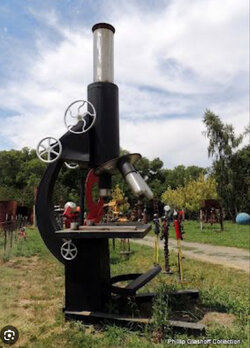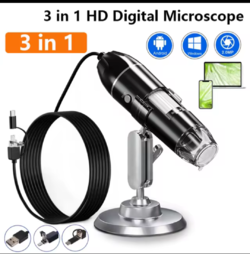If I wanted a USB microscope for honing which one would I get... I wear glasses... the 10x loupe has too small a field of view for me and I'm finding it really hard to light up the blade in the house to use the loupe.
I know there's a thing called a Carson Microbrite 60-120 but I don't think it takes pictures if I needed some help learning to hone properly. Nevertheless this might be the go?
Anyway if there is some reasonably priced one that'll do what I want happy to hear about it... Frankly I didn't want another gadget in the house but I'm struggling to see the edge.
I know there's a thing called a Carson Microbrite 60-120 but I don't think it takes pictures if I needed some help learning to hone properly. Nevertheless this might be the go?
Anyway if there is some reasonably priced one that'll do what I want happy to hear about it... Frankly I didn't want another gadget in the house but I'm struggling to see the edge.
Last edited:




